CARS
10 Common Car Problems Every Driver Should Be Aware Of
Published
12 months agoon
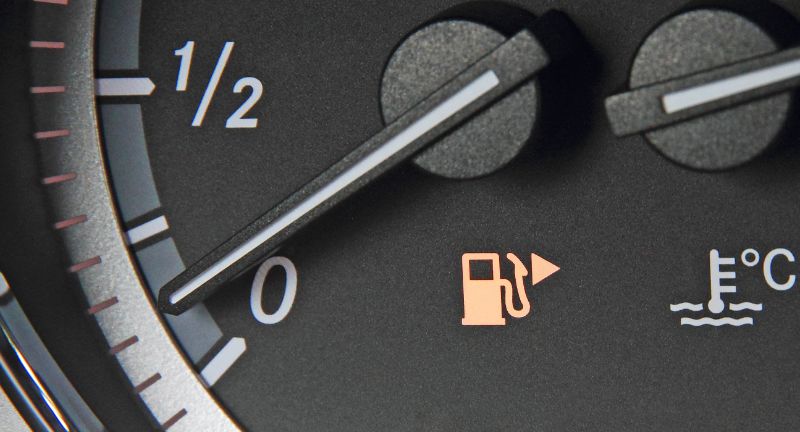
Faulty Brakes
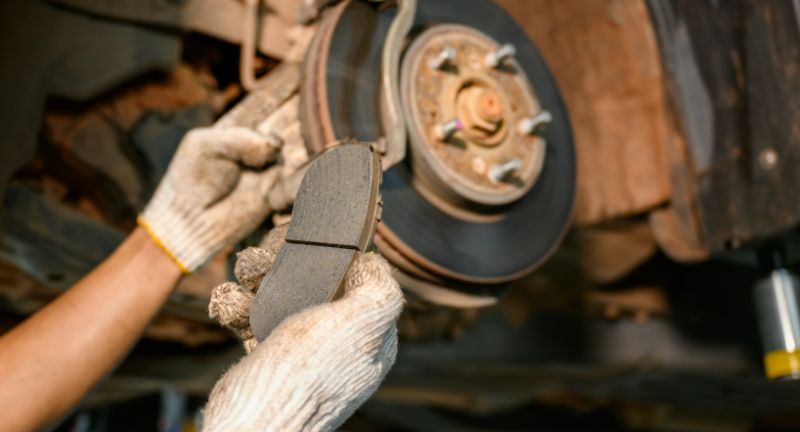
Malfunctioning Alternator

Steering Wheel Shaking

Overheating Engine

Transmission Issues
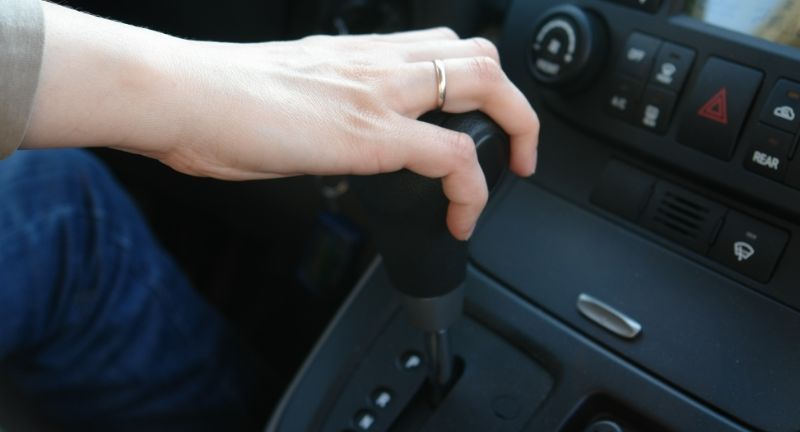
Check Engine Light
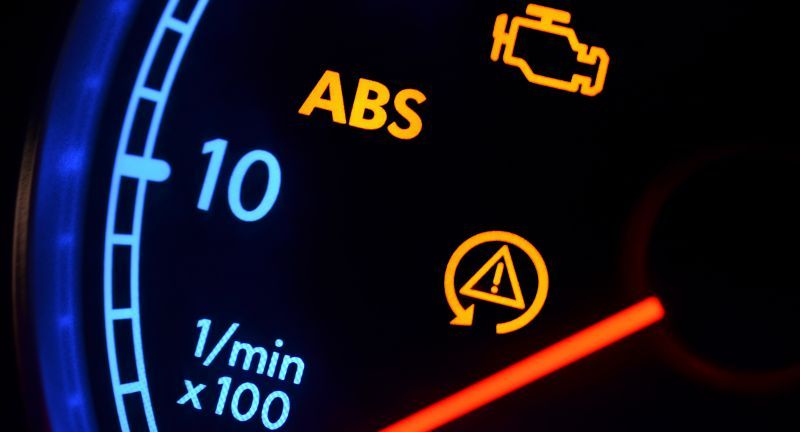
Oil Leak
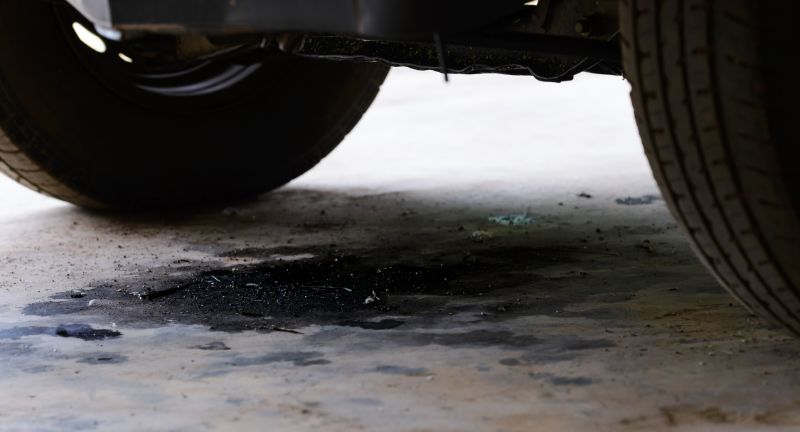
Worn Spark Plugs

Clogged Air Filter
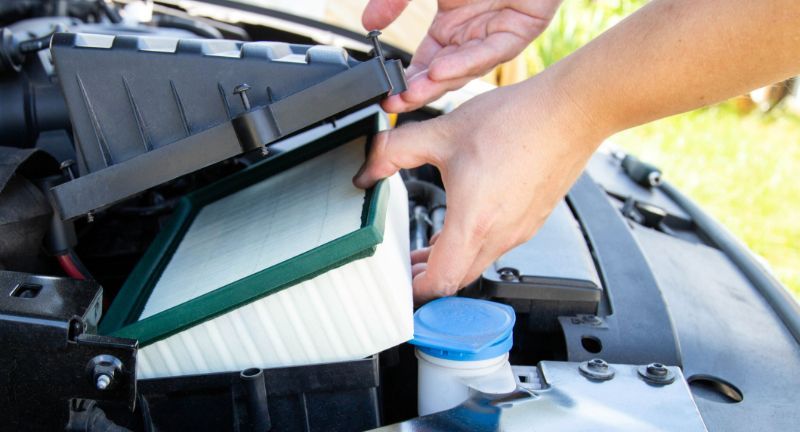
Faulty Fuel Injector
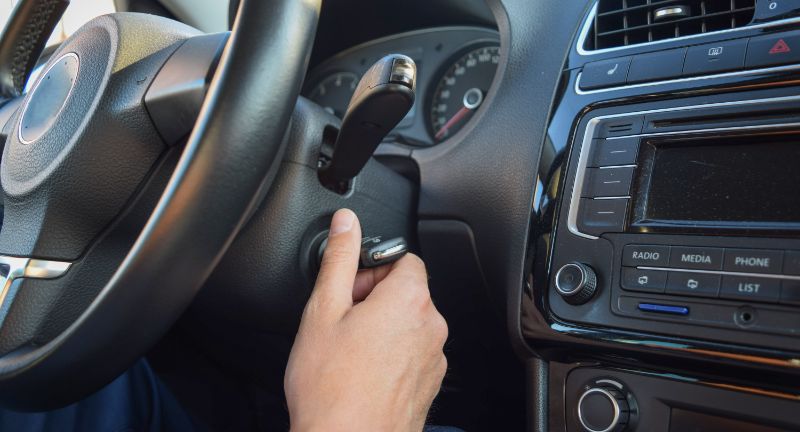
Conclusion

More From Auto Overload
-
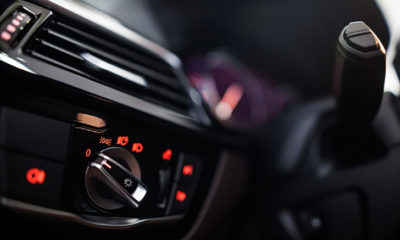

Two Essential Truths Every Car Owner Needs To Know
-
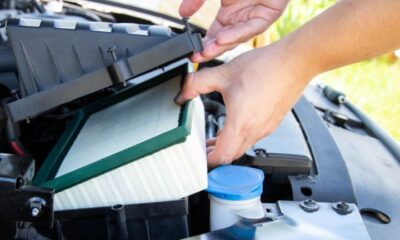

8 Easy Ways To Increase Your Car’s Value
-


9 Things You Should Never Leave In The Car
-


10 Of The Most Powerful Supercars On Earth
-


6 Best High Mileage Motor Oils On The Market
-


10 Greatest Trucks Ever Built
-


12 Most Astonishing Concept Cars Ever Created
-


6 Strategies To Save At The Pump
-


7 Vehicles That Should Have Never Been Discontinued
-


8 Of The Fastest American Cars Ever Made
-
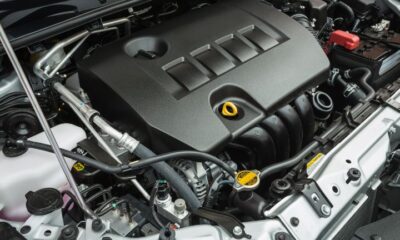

8 Easy Ways To Boost Fuel Efficiency
-


11 Essential Items You Need To Keep In Your Vehicle


6 Popular Car Features That Will Never Be Seen Again
Venturing into the market for a new car after some time can be overwhelming, given the rapid advancements in vehicle...


6 Best High Mileage Motor Oils On The Market
As vehicles age and accumulate miles, the demand for high-mileage motor oils grows significantly. These specialized lubricants are formulated to...


8 Easy Ways To Increase Your Car’s Value
If you’ve been contemplating selling or trading in your car, there are simple yet effective ways to enhance its value...
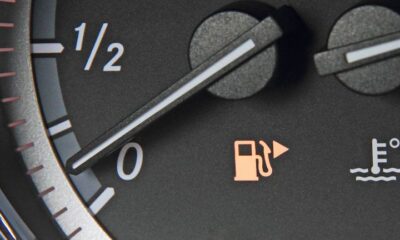

10 Common Car Problems Every Driver Should Be Aware Of
While many of us rely on our cars for daily transportation, we often do so without fully understanding the subtle...

